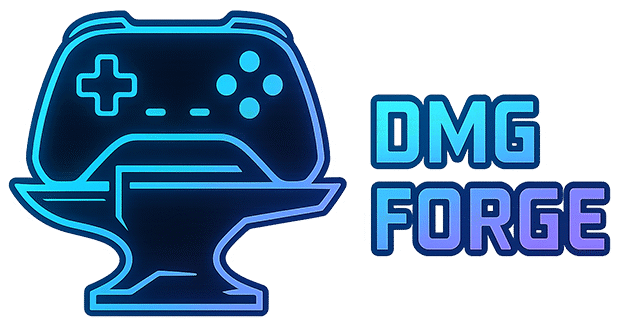All Posts
Using Version Control Systems In Game Development
Version control systems are a big part of my workflow anytime I’m building a game, whether it’s a solo project or a team effort. Version control is a pretty handy way to keep all your work organized, back up progress, and coordinate with others, all while making sure you never lose your previous work. For […]
Read MorePricing Your Indie Game: Strategies That Work
Pricing an indie game is one of those things that can make your head spin if you’re new to the process. I’ve spent a good chunk of time talking to other developers and testing different prices myself, so I know that finding the right spot isn’t as simple as picking a random number. Every decision […]
Read MoreOptimizing Game Performance For Low-end Hardware Devices
Getting smooth gameplay on lowend hardware doesn’t have to feel impossible. Whether your PC is running an older CPU, integrated graphics, or limited RAM, a few smart tweaks can make your favorite games run a lot better. If you’re frustrated with lag, stuttering, or slow load times, you’re definitely not alone. I’ve spent a lot […]
Read MoreBuilding A Social Media Presence For Your Game
Building a social media presence for your game makes a huge difference in its success. With so many eye-catching titles out there, breaking through the noise might feel tough at first. Whether you’re a solo dev or part of a small studio, I’m here to walk you through what works, how to get noticed, and […]
Read MoreMonetization Strategies For Indie Games Without Alienating Players
Indie games are everywhere these days, with new releases popping up almost daily. But turning a creative project into actual income is still a serious challenge, especially when you’re trying hard not to frustrate or push away the very players who support your work. If you’re looking for ways to earn from your game while […]
Read MoreDesigning Backgrounds That Tell A Story
Designing backgrounds that tell a story is one of those skills that quietly takes any creative project up a notch. Whether you’re working on a game, a website, or an illustration, the background isn’t just a space filler. It can guide the viewer, set the mood, and even support the story in a way that […]
Read More